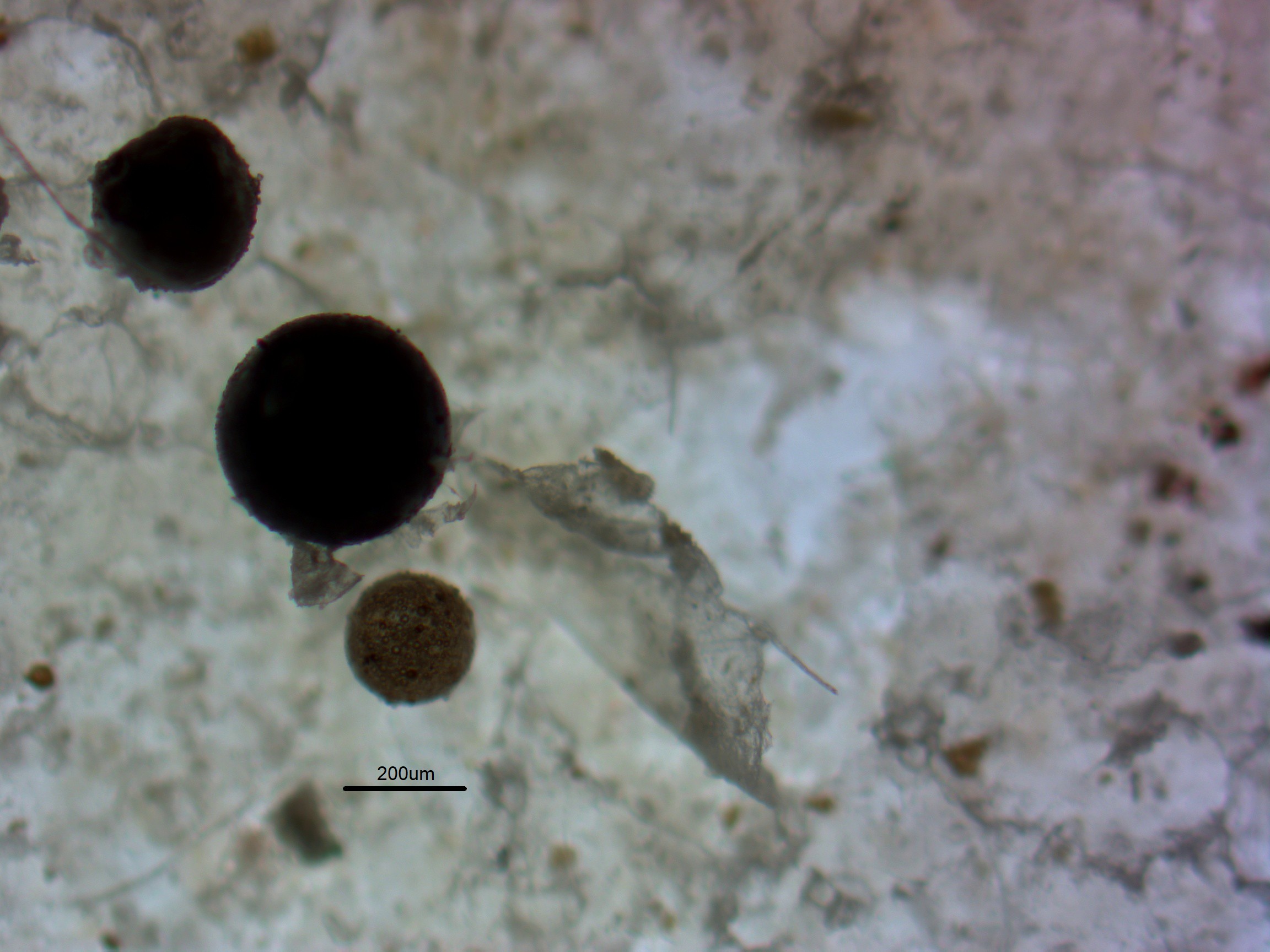Topic: Plastic litter in the oceans

Plast i fjæra. Foto: Torhild Dahl/HI
Published: 27.03.2019 Updated: 31.05.2019
Around 80 percent of marine litter is made of plastic. Between five and thirteen million tonnes of plastic end up in our oceans each year, but we don’t know exactly what happens to all of it. Rough estimates made by researchers suggest that just one percent of the plastic in the oceans floats on the surface, five percent drifts ashore onto beaches and the rest falls to the sea bottom. Plastic waste has even been observed at depths of over 2,000 metres.
Through its MAREANO programme, the Institute of Marine Research has been recording marine litter on the sea bottom off Norway for twelve years. This programme, which studies the sea bottom at selected locations from Sunnmøre in the south to the Barents Sea in the north, has observed plastic waste at a quarter of its stations. This is equivalent to an average of around 200 kg of litter per square kilometre for the whole area it covers.
On the continental shelf, a lot of the litter gathers in underwater valleys, between banks and in ravines, and some areas have up to six tonnes of litter per square kilometre. Most of the litter is between 200 and 300 metres deep, but the amount of litter at depths of between 1,100 and 1,400 metres is rising.
Litter has also been one of the bycatches of the joint Norwegian-Russian ecosystem survey of the Barents Sea since 2010. In addition, whale observers have noticed litter on the surface. The international bottom trawl surveys in the North Sea also pick up litter in their nets.
Plastic takes a very long time to break down, which means the plastic or its remains can stay in the environment for hundreds of years.
Fish, birds and sea mammals die of internal and external injuries
The big pieces of plastic that sink to the bottom of the sea can get caught up in corals or affect life on the sea bottom in other ways.
Each year, many birds and sea mammals die because they become entangled in the litter or mistake it for food. When animals are entangled in ropes, nets or packaging, they have problems moving around and finding food, as well as suffering wounds that can become infected.
When they eat plastic, it can prevent them from absorbing nutrients or cause constipation. Toxins from the plastic also accumulate in the animals and can be passed on to the next link in the food chain.
Microplastics
Plastic lying on beaches or floating on the sea surface can slowly be broken down by sunlight. Waves and friction also wear down the plastic, causing it to gradually disintegrate into smaller pieces. These pieces are referred to as microplastics if they are less than half a centimetre across, or around the size of a grain of rice. If they are under a micrometre across, and hence invisible except under a powerful microscope, they are called nanoplastics.
Pieces of plastic that start out very small, such as microbeads in cosmetics, are also considered microplastics. These pieces generally enter the oceans with our wastewater.
Pollutants, bacteria and viruses attach themselves to the small particles of plastic, which makes the organisms that consume the plastic vulnerable to pollutants and diseases. Floating plastic has doubled the spread of invasive species, and it is doing even more to transmit infections than ship ballast water.

Where does it come from?
Marine litter is produced by activities both on land and at sea, and globally most of it comes from land. Most of the microplastics recorded in the surface waters of Oslofjorden come from tyre wear and asphalt.
In Norway, most plastic waste comes from three sources. One major source is industries based at sea like fishing, with lost fishing gear representing a large proportion of the plastic waste. Another source is waste from the petroleum industry and shipping, and the third one is waste from land.
A lot of the plastic waste in Norwegian waters and on Norwegian beaches is also carried here from other countries by ocean currents.
The microplastics laboratory
The Institute of Marine Research’s microplastics laboratory has several instruments that can be used to assess the extent and consequences of plastic waste. Powerful microscopes can analyse the contents of microplastic particles down to a size of five micrometres. For example, fibres can be scanned to determine their chemical composition and what plastic polymers they contain. This means you can find out exactly what kind of plastic you have found, and in some cases where the plastic has come from.
This laboratory can also use pyrolysis to detect the very smallest nanoplastics. This process incinerates the sample, and the gases produced reveal how much plastic the sample contained and what its chemical composition was.